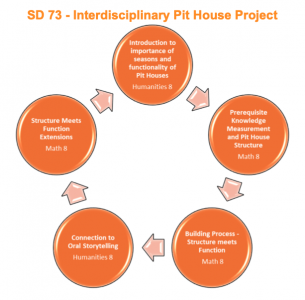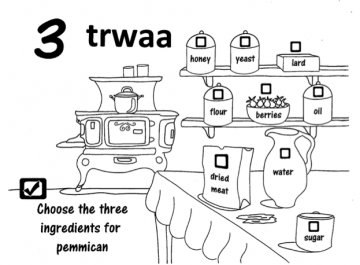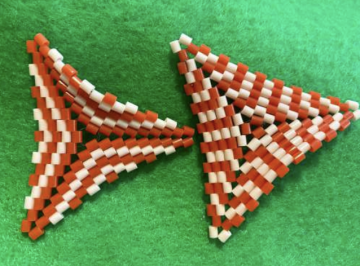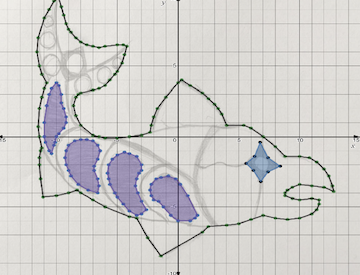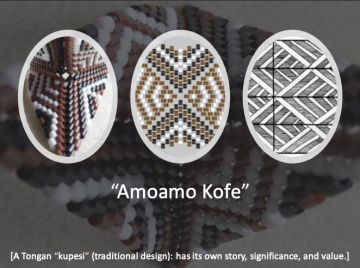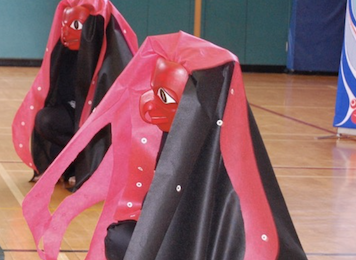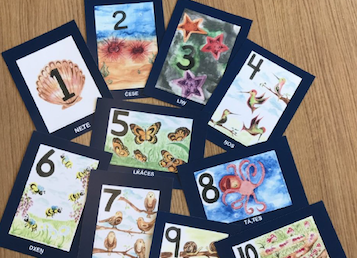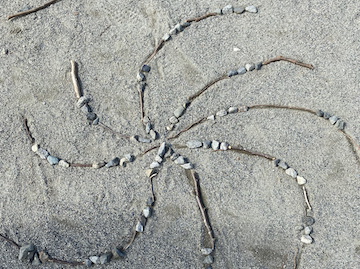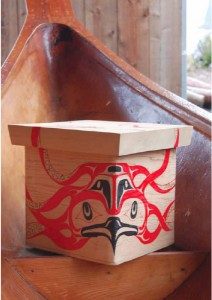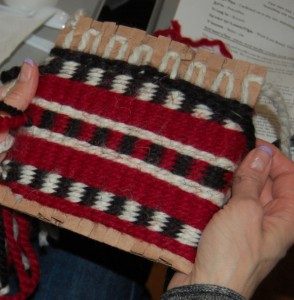Pit House Project
In this hands-on project, students explore Secwepemc culture and learn how functionality affects the structure of a pit house.
Learning Michif & Cree through Elementary Math
Learn Michif and Cree through this printable counting 1-10 activity book
Math is All Around Us!
The authors in this resource demonstrate innovative ways to incorporate beading and cedar weaving into their algebra classrooms.
Beadwork + Mathwork
Allison Gardner’s resource integrates beading into grades 4-8 math through a First Peoples Principles of Learning lens. Using the Medicine Wheel as a starting point, students explore math concepts while learning about beadwork. The resource includes detailed lesson plans and references to relevant texts.
Supernatural Wasco and Proportion
Leighann Rodger’s seven-session lessons blend Haida Supernatural Beings with math. Students explore fractions and proportions by creating models of the supernatural being Wasco.
Desmos Art Project
This math lab uses Desmos to reinforce linear patterns, tables, and graphing. Students recreate art inspired by Kiki DesJarlais. A step-by-step guide and self-assessment are included.
The Paper Drum Project
Megan Hanna’s Paper Drum Project merges math and culture, as students explore geometry and measurement while learning about Indigenous drumming traditions.
Exploring Math and Stories through Geometric Beading
Stan Manu’s presentation explores the convergence of beadwork, math, and Indigenous knowledge. A five-session project culminated in a community “hyper-blanket,” demonstrating the power of collaborative learning.
Non-linear Storytelling through Rotational Symmetry
Janelle Findlay’s lesson explores rotational symmetry through the lens of Coast Salish artist Susan Point’s storm sewer cover design. Students create their own symmetrical art while considering the storytelling potential of their designs.
